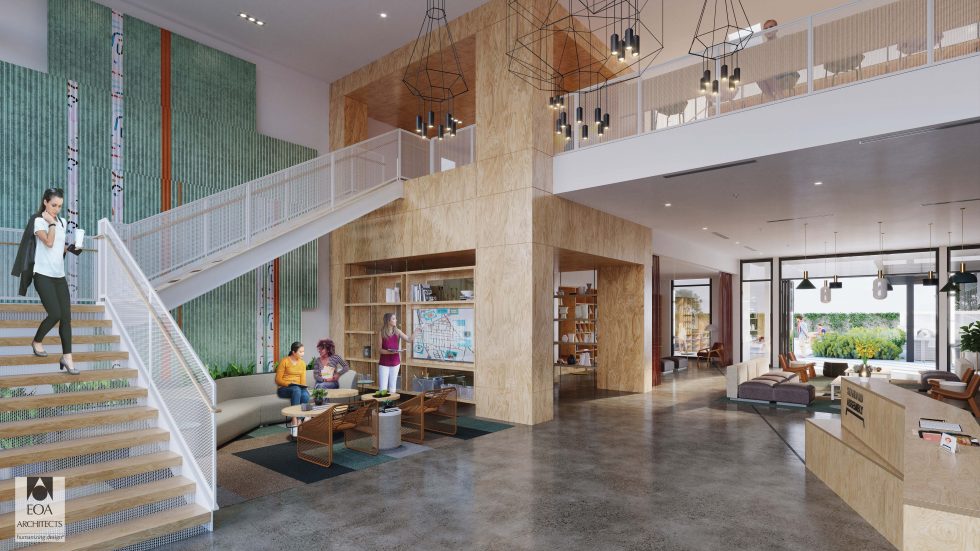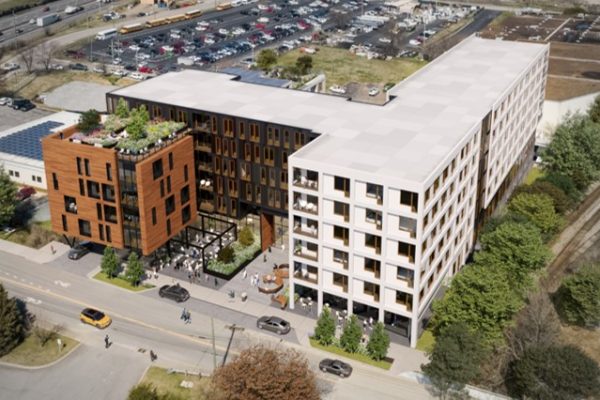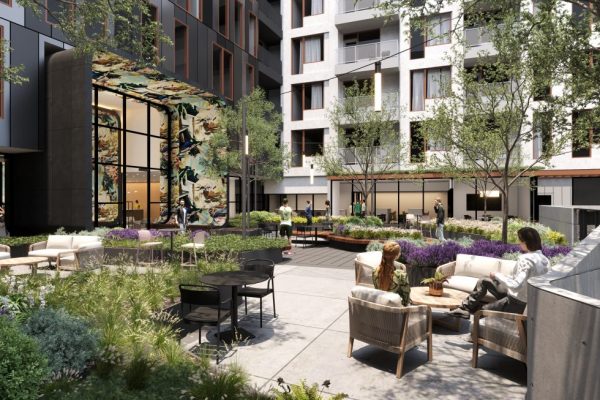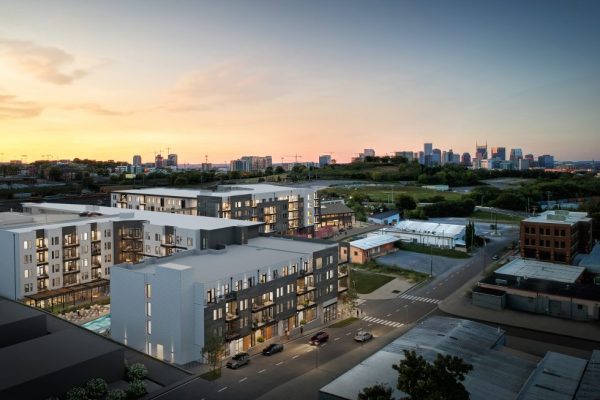What I’ve Learned Working on $200M of Ground-Up Multifamily Developments
Since joining Atlas in 2011, we’ve been primarily focused on value-add multifamily investments. We’ve acquired ~7,500 units and have executed light value-add strategies (~$5,000/unit) to extensive repositioning’s (~$40,000/unit).
Over the past several years, following the introduction of qualified Opportunity Zones and run up in multifamily asset values, we launched a development arm focused exclusively on ground-up multi deals within select OZ’s. This fits our thesis of buying and owning real estate for the long-term in high-growth markets throughout the southeast.
Ground-up development is a completely different animal and it’s been like drinking from a firehose. Here’s what I’ve learned working on ~$200M of multifamily developments spread across three deals over the past 2 years.
- Design decisions are made ~24 months before the building opens. Avoid trends and focus on timeless and flexible design.
- Build with a very specific end user in mind. The target renter profile should drive the amenity set design, unit mix and layouts, branding etc. If you design for everyone, you’re designing for no one.
- Good design is a mix of art and math. It’s hard to measure the value of good design, but there’s no doubt that good design increases the value and desirability of an apartment.
- You need to understand the basics of construction, contracts, builder’s risk insurance etc. so you can at least ask the right questions.
- Construction costs are highly volatile and unpredictable. Carry large contingencies in your construction budget and maintain that margin of safety even after initial SD pricing.
- Construction prices aren’t a result of just supply/demand today, but expectations of what participants think pricing will be in the future.
- Today, there is supply chain issues leading to a shortage of many construction materials including lumber, siding, windows, ductwork, interior doors, HVAC equipment, appliances, drywall, paint, insulation etc. etc. The “experts” expect the supply chain issues to get worse, before getting better in the second half of 2022.
- Establish a strong relationship with your GC and be firm but fair when issues arise (and they will). It’s important to maintain a strong working relationship through the completion of the project.
- Projects would be a lot easier if not budget-constrained (duh), but all decisions need to be made with the proforma in mind. Want incredible signage and a rotating public art program? Of course, but can the project support it? Determine what you value and what drivers performance, then back into what’s worth spending money on.
- Parking requirements/counts are tricky. Micro-mobility, car-sharing, autonomous vehicles etc. all point toward declining parking needs, but there is no data supporting it yet. When will parking needs decline?
- Construction timeframes are long and important to understand; zoning approval, design (SDs, DDs, and CDs), construction, pre-leasing, lease-up and stabilization take a long time (24-36 months). We hold long-term and underwrite refinancing with agency debt in year 5 of the project.
- Know your market inside and out. Tour every single comp, talk to the onsite teams, understand which amenities get used, which unit types are in the highest demand and why, and what residents wish they had. Pro tip: always chat with the leasing agent, concierge, and maintenance techs. They’re a wealth of inside information.
- Development today is currently a race between compressing cap rates and rising costs (land, materials, labor etc.).
- Typical development spreads are ~150 bps. The stabilized unlevered yield should be 150 bps higher than prevailing market cap rates. i.e. if cap rates are a 4, developers want to build to a ~5.5 yield-on-cost. Obviously, like everything in real estate, this is market-dependent.
- Raising equity capital for ground-up deals from HNW investors is challenging, especially compared to value-add deals where there seems to be an insatiable demand from investors. Lack of cash flow for the first few years, added risk of construction and lease-up, and the inherent over-supply concerns are all issues to overcome.
- The key is to not screw up the design/construction too badly. Multifamily housing is largely a commodity product with relatively straightforward operations and marketing processes. It’s difficult to really screw up, but it’s also difficult to outperform, which is our goal.
Ground-up development is exhilarating and frustrating all at the same time. I’m constantly reminded how little I know about construction and design, and why many don’t have the appetite for it.
Bobby Fijan said it best:
And for fun, here are a few renderings from two ground-up projects in Nashville. I just got back from Nashville where I was able to walk through one of our projects which is fully framed out. It’s incredible to physically walk through the project you spent the past 24 months working on.







